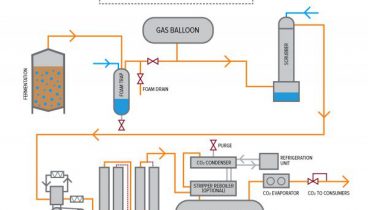
Valuations for Breweries and Beverage Companies
Deep brewing industry knowledge and experience is our point of difference. Understanding your business and where it sits in the market is crucial to defining your true value. Be it planning an acquisition or divestiture, resolving a dispute, or raising funds, our brewery consultants will guide you through valuation and business modeling implications to better understand the impact on your business.
Read More









